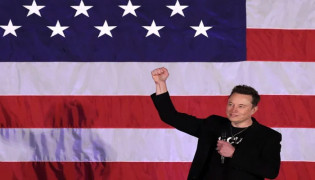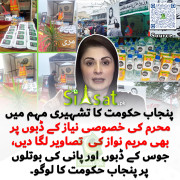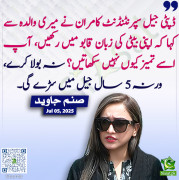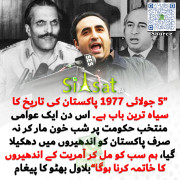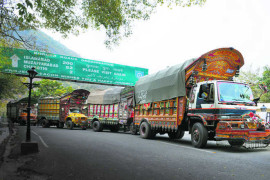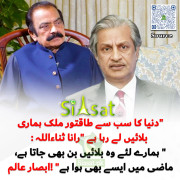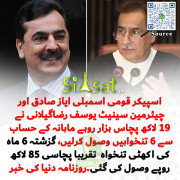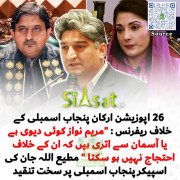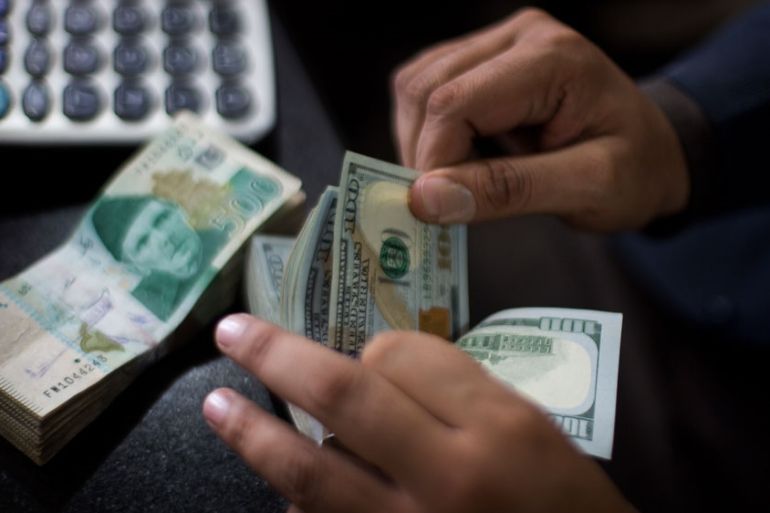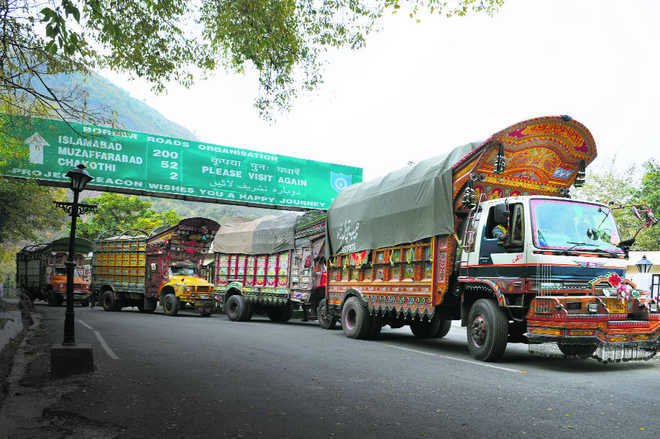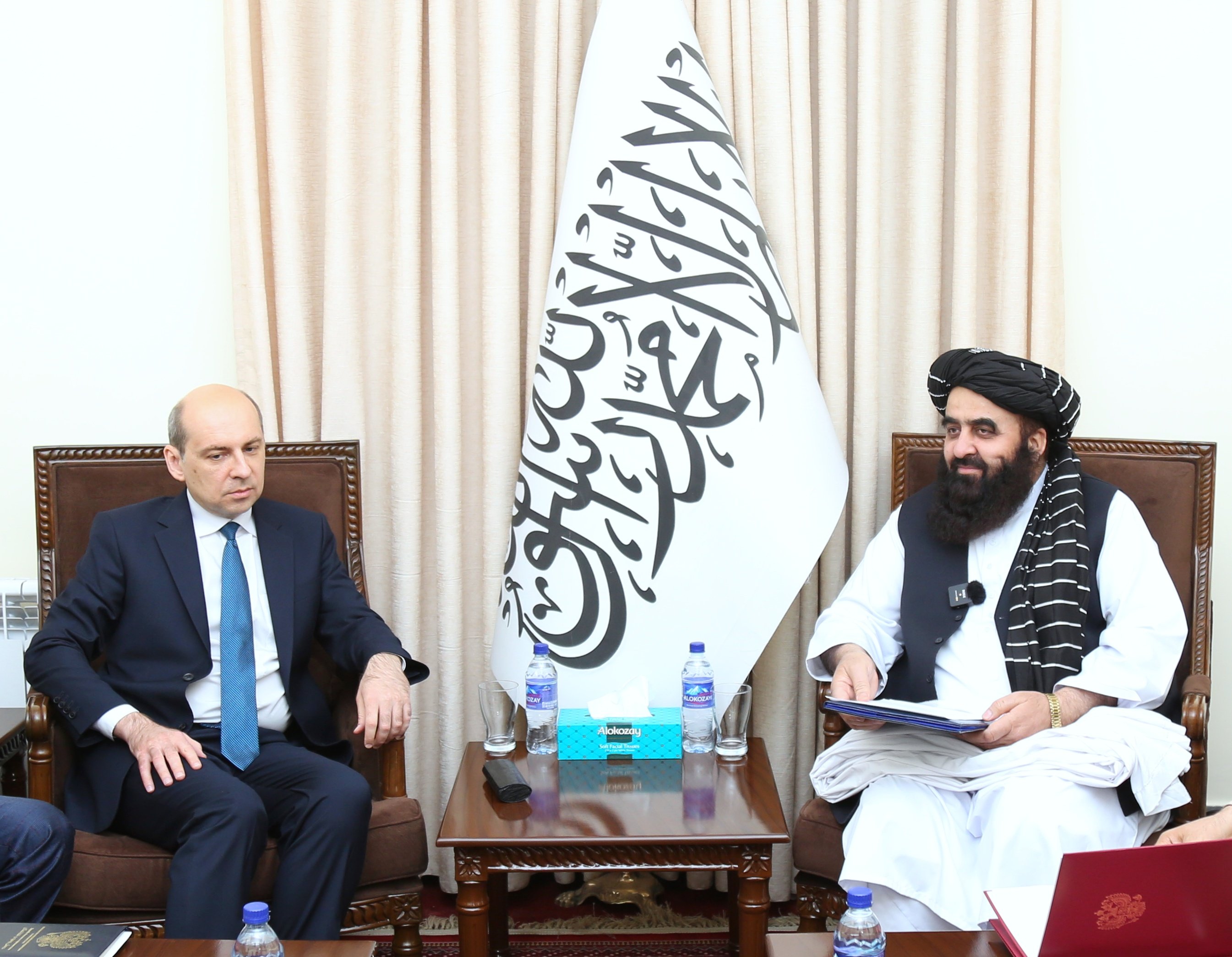Skeptic
Siasat.pk - Blogger

The Office for National Statistics yesterday marked the Jubilee by releasing figures showing just how many changes have taken place since Her Majesty took the throne.
Servants have vanished, divorce and the Pound have soared, retail has become king – and hundreds of “puddlers”, who made wrought iron, have disappeared. A spokesman said: “Life has been transformed.”
Here JANE HAMILTON looks at the data, which comes from 1952 and 2012 or the nearest year for which figures are available.
Economy
Despite the recession, the economy has boomed since 1952, with GDP increasing by a staggering 9,332 per cent.
1952: GDP 15,983million
2011: GDP 1,507,585million
1952: GDP 15,983million
2011: GDP 1,507,585million
Currency
1 in 1952 would be worth 24.34 in purchasing power today, and 1 today would be equivalent to 4p back then.
Strikes
Cuts might have created lots of unrest, but there are 400,000 fewer days lost to industrial action a year now.
1952: 1.792million days
2011: 1.390million days
1952: 1.792million days
2011: 1.390million days
Birth rate
The population has rocketed from 50million to more than 60million, but births are only up 50,000 on 1952.
1952: 673,735
2010: 723,165
1952: 673,735
2010: 723,165
Births to unmarried parents
Fewer than one in 20 babies were born to parents who hadn’t tied the knot in 1952. But these days, it’s almost half of all births.
1952: 4.8 per cent
2010: 46.8 per cent
1952: 4.8 per cent
2010: 46.8 per cent
Mum's average age for first child
Mothers are leaving it almost two years later to start a family, compared to Coronation year.1952: 28.12010: 29.5
MarriageThese days, it’s “I Don’t”. The number of couples walking up the aisle in a year has plummeted by almost a third since 1952, despite the rise in the population.
1952: 349,308
2010: 241,100
First marriage for both partners1952: 349,308
2010: 241,100
More and more often these days, people who tie the knot are not doing it for the first time.1952: 281,738 people who got married were doing so for the first time.2010: 158,980 were newbies.
DivorcesWhen the Queen took to the throne, fewer than 34,000 couples a year got divorced.Today the number is more than three times higher — with even Her Majesty’s own children, Charles, Anne and Andrew all becoming part of the statistics.
1952: 33,922
2010: 119,589
Data apply to England and Wales only, except the UK-wide figures for GDP, currency and strikes.
1952: 33,922
2010: 119,589
Data apply to England and Wales only, except the UK-wide figures for GDP, currency and strikes.
Top 5 jobs
1951
MEN
1. Clerks (600,712)
2. Metalworking, engineering, electrical & allied trades (414,434)
3. Farm workers (411,305)
4. All other unskilled industrial/commercial workers (384,049)
5. Lorry drivers (369,727)
WOMEN
1. Clerks (509,310)
2. Typists, secretaries (380,209)
3. Servants (373,480)
4. Non-food shop workers (220,322)
5. Charwomen (215,336)
1. Clerks (600,712)
2. Metalworking, engineering, electrical & allied trades (414,434)
3. Farm workers (411,305)
4. All other unskilled industrial/commercial workers (384,049)
5. Lorry drivers (369,727)
WOMEN
1. Clerks (509,310)
2. Typists, secretaries (380,209)
3. Servants (373,480)
4. Non-food shop workers (220,322)
5. Charwomen (215,336)
2001
MEN
1. Works and maintenance managers (357,111)
2. Goods handling and storage (309,876)
3. Sales and retail (305,322)
4. Retail and wholesale managers (289,692)
5. Metalworking production and maintenance (262,541)
WOMEN
1. Sales and retail (820,404)
2. Office/clerks (585,037)
3. Care assistants (445,875)
4. Nurses (387,464)
5. Cleaners (383,561)
http://www.thesun.co.uk/sol/homepag...tain-transformed-in-Queens-60-year-reign.html
1. Works and maintenance managers (357,111)
2. Goods handling and storage (309,876)
3. Sales and retail (305,322)
4. Retail and wholesale managers (289,692)
5. Metalworking production and maintenance (262,541)
WOMEN
1. Sales and retail (820,404)
2. Office/clerks (585,037)
3. Care assistants (445,875)
4. Nurses (387,464)
5. Cleaners (383,561)
http://www.thesun.co.uk/sol/homepag...tain-transformed-in-Queens-60-year-reign.html
Last edited:

